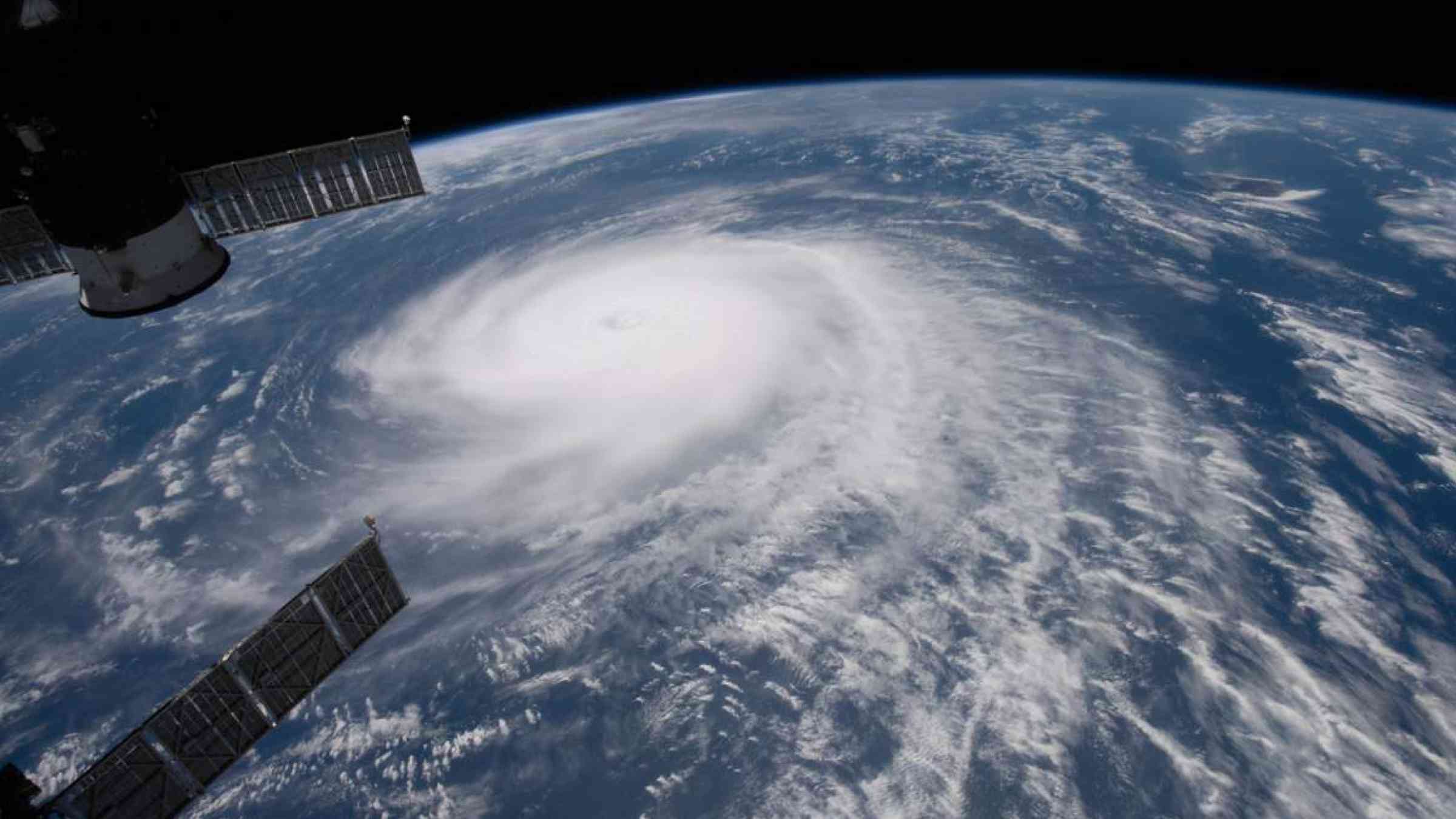What is the best predictor of landfalling hurricane damage?

A new study finds that the minimum sea level pressure, as another measure of hurricane strength, is a better predictor of hurricane damage in the United States than the maximum sustained wind speed.
Traditionally, the strength (or intensity) of tropical cyclones has been categorized by the Saffir-Simpson hurricane wind scale, which is based on the maximum sustained wind speed of the storm. More recently, the utility of this scale has been called into question as it does not factor in other key characteristics of tropical cyclones that impact landfall hazards besides the peak winds; characteristics such as the storm size, which impacts the scale and intensity of the storm surge, as well as the spatial extent of rainfall and the tropical storm and hurricane-force winds.
By examining examining continental United States hurricane landfalls in a period between 1988 and 2021, Klotzbach et al. [2022] found that the minimum sea level pressure (MSLP) is a better storm intensity metric for predicting historical hurricane damage than both the integrated kinetic energy (IKE) (like MSLP, IKE is an integrated measure of the hurricane wind field) and the maximum sustained wind speed (a point measurement rather than an integrated quantity like MSLP and IKE). This result was consistent for all geographical separations but is especially notable for East coast landfalls between Georgia and Maine. On the east coast of the United States, MSLP is by far a better predictor of damage than maximum sustained wind speed, a result that is reasoned by the typical increase in size as storms move poleward.
Given that MSLP is found to be a better predictor for characterizing hurricane damage potential, and that the metric is easier and more reliably measured by aircraft reconnaissance than the maximum wind speed, the authors advocate that the interpretation of MSLP be used to communicate tropical cyclone risks to the general public.